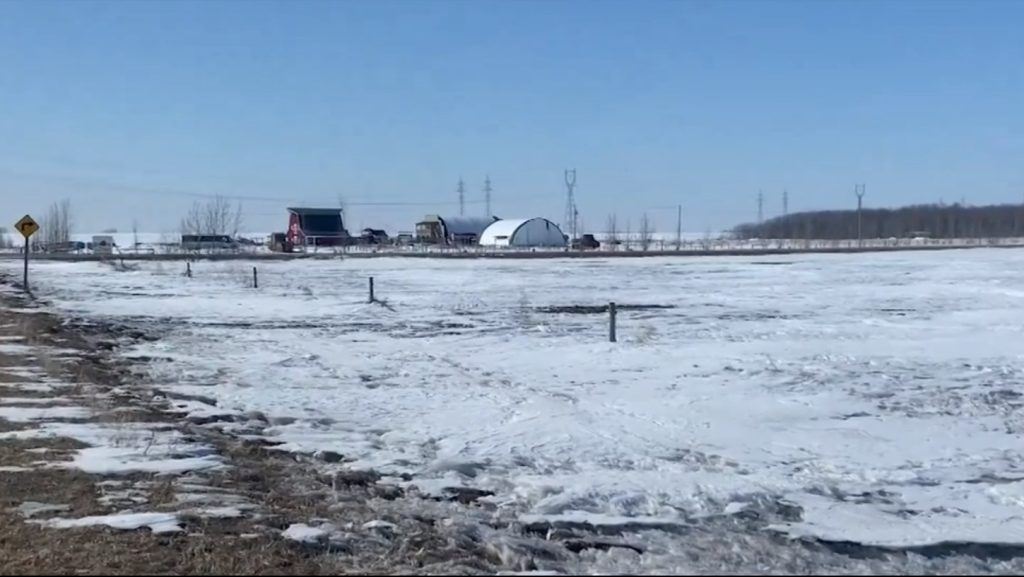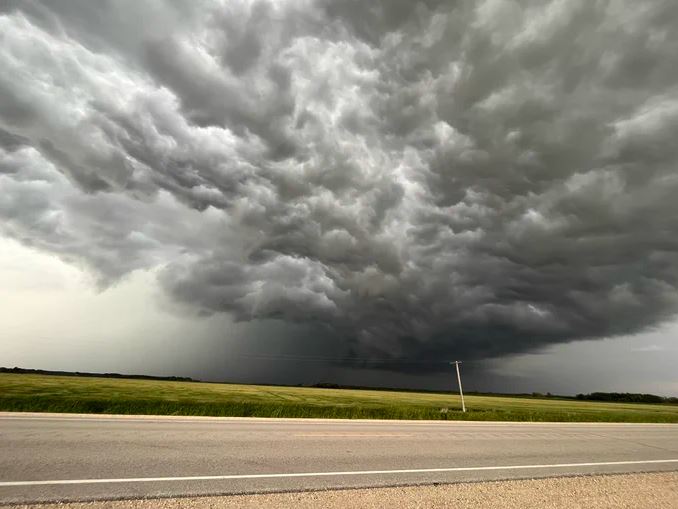Manitoba farmers happy with recent dump of snow

Posted January 10, 2024 6:55 pm.
With an Alberta Clipper passing over southern Manitoba and it bringing a wallop of snow, farmers in the province are finally happy to see some significant snow.
“Normally we’d say -16 is pretty nice but when you’ve had such a mild winter so far, it seems cold,” said Lorne Hamblin, a farmer.
Hamblin is a seed grower in Morris, Manitoba, and says after a dry summer he’s finally excited to see significant precipitation move into Manitoba.
“The consequence of no snow cover is that you are relying on timely Spring and Summer rain,” said Hamblin.
While snow during the winter does provide well-needed moisture for farmers it also can act as an insulator as well.
“It acts very similar to a blanket on your bed. It prevents the soil from freezing really far down,” said Alexander Koiter, Geography and Environment Professor at Brandon University.
While Manitoba hasn’t seen as much snow so far, according to Environment Canada the cumulative amount of precipitation that fell in the fall and in December is around normal but varied depending on the month.
“September was kind of dry for a lot of places, October was really wet, November and December have been really dry for a lot of places,” said Natalie Hasell, warning preparedness meteorologist at Environment Canada.
Stuart Smyth, an agricultural and resource economics professor at the University of Saskatchewan added, “The winter of 97, 98, 99, and 2000 we had virtually no snow at Christmas time. The crops the following year –– we certainly weren’t subjected to significant droughts in those years. It’s all part of a cycle. We will occasionally get lower-than-average precipitation, but we will also get above-average precipitation in the winter months. It all works out in the end.”
Varying precipitation amounts have not only been seen in the last few months but also in the last few years.
“2021 being a very wet year with high amounts of accumulative precipitation. The following year was exceptionally dry, with very low precipitation. This past year we started of pretty good, and then towards the latter part of the summer and into the fall we experienced some pretty dry conditions,” said Alexander Koiter, a geography and environment professor at Brandon University.
It means farmers are learning how to adapt to a more volatile climate.
“There are mitigation things we have done over the years. Better equipment, we are continually growing more crops on less water. With the research that is done on crop variety and the good agricultural practices that Canadian farmers practice, things like direct seeding, is something that concerns moisture and help us out in dry years,” said Todd Lewis, Vice-President of the Canadian Federation of Agriculture.








